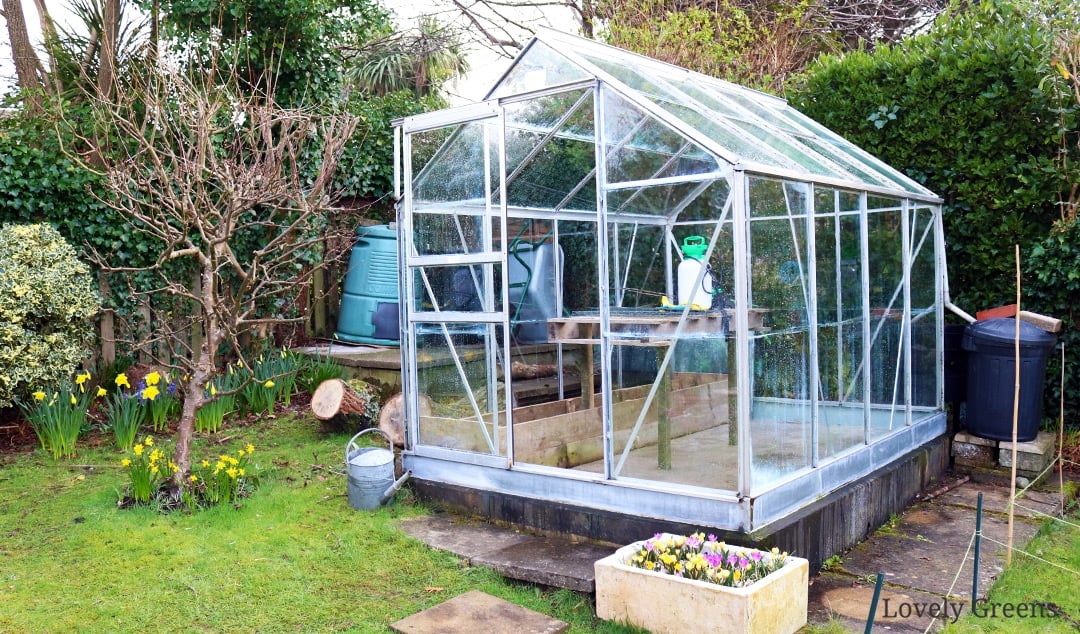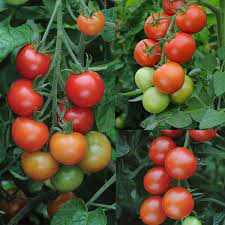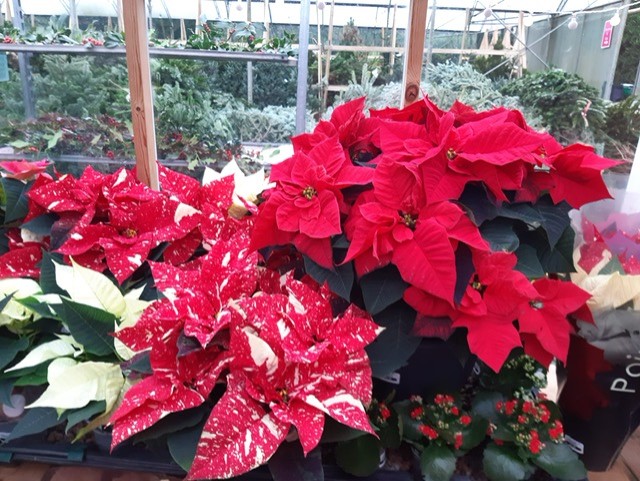
Tomatoes have long been known for the vitamins C and E they contain however new research suggests lycopene, the pigment that gives them their colour can promote a healthy hear through lowering cholesterol and reduce the risk of heart disease. Here are a couple of staple recipes from the Plant Market team!
Roasted cherry tomato sauce
Ingredients
2–3 lbs cherry tomatoes, stems removed
1/4 cup good-quality olive oil, plus more for roasting
1 large yellow onion, diced
1 Tbsp fresh garlic, minced
small handful of fresh basil leaves
3–4 sprigs, fresh thyme, stems removed
kosher salt and freshly-ground black pepper, to taste
Instructions
Preheat the oven to 400℉.
Toss the tomatoes with just enough olive oil to lightly coat, then spread out in an even layer onto a rimmed sheet pan or large baking dish. Roast for 25-30 minutes, until the tomatoes have burst and are just beginning to shrivel. Remove from the oven, tent loosely with foil, and set aside.
Meanwhile, add the 1/4 cup of olive oil to a heavy-bottomed sauce pot. Heat over medium-heat until the oil begins to shimmer. Add the onions and cook, stirring occasionally, until they begin to sweat and soften, about 4-5 minutes.
Add the garlic, stir to combine, and continue cooking for another few minutes until the garlic is golden.
Add the roasted tomatoes (including all of the cooking liquid in the pan), and the herbs, and stir to combine. Season with salt and pepper, to taste.
Turn the heat down to low, partially cover the pot with the lid (leaving about a 1-inch gap), and let simmer for at least 25 minutes – and up to an hour – stirring infrequently as the sauce cooks.
Remove the pot from the heat, and let cool for 10-15 minutes. Transfer the sauce to a blender and blend until the sauce reaches your desired consistency.
Pour the sauce into air-tight containers. Will keep for up to a week in the refrigerator, or 3 months in the freezer.
Orzo with cherry tomatoes and spinach – This is a lunchbox favourite of ours!
Ingredients
400g orzo pasta
2 tbsp olive oil
1 celery heart, chopped
1 red onion, chopped
3 garlic cloves, chopped
800g of cherry tomatoes
250g baby spinach
10 black olives, halved
small handful dill, chopped
small handful mint, chopped
Method
STEP 1
Cook the orzo following pack instructions. Drain, rinse under cold water, drain again and toss with half the olive oil.
STEP 2
Meanwhile, heat the remaining oil in a large sauté pan. Add the celery, onion and some seasoning, and cook for 8 mins until soft. Add the garlic, cook for 1 min, then tip in the cherry tomatoes and simmer for 10 mins. Add the spinach, cover with a lid to wilt the leaves, then add the orzo, olives, dill and mint. Season and serve.










